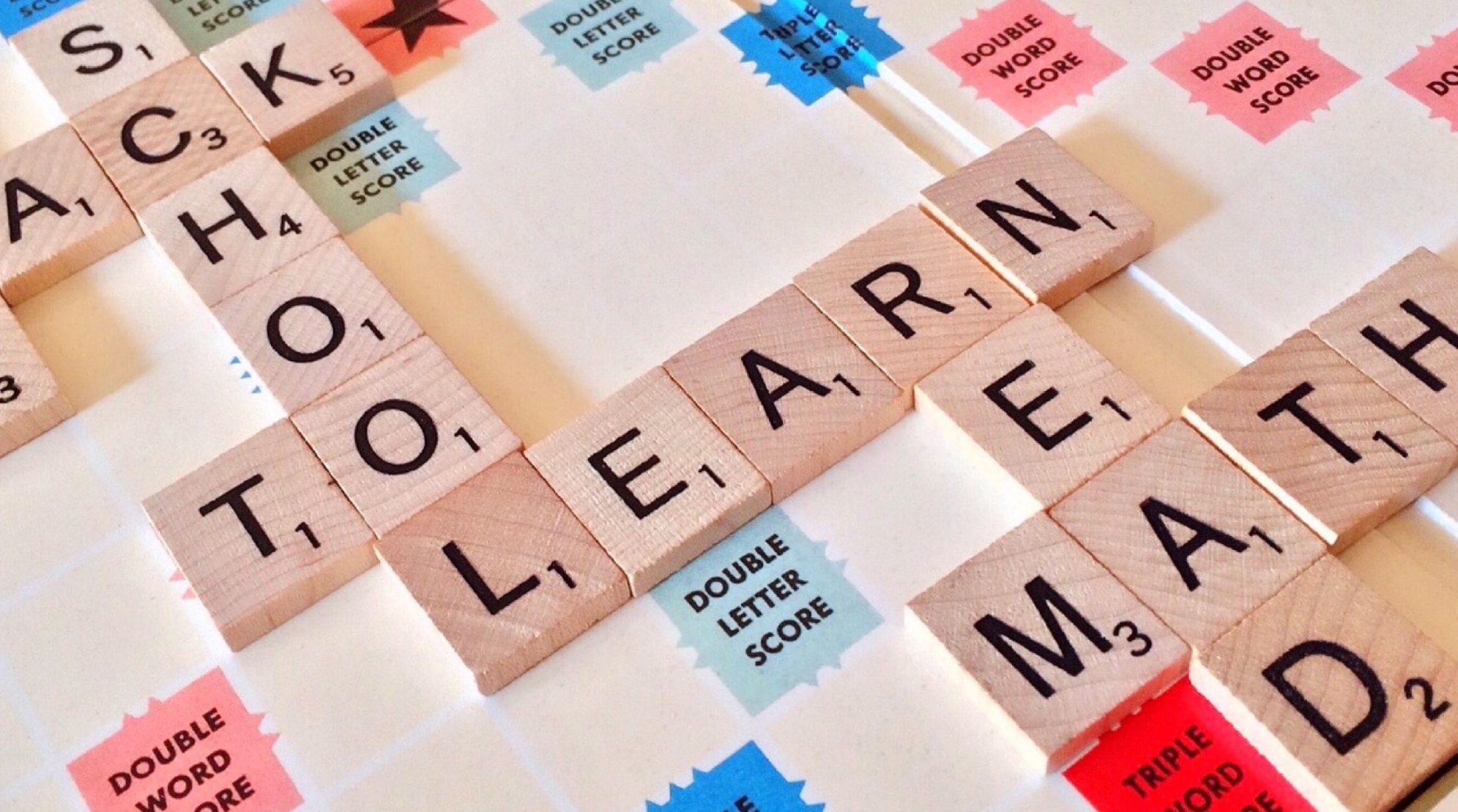This blog is part of a collaboration with our good friends at LINC, The Learning Innovation Catalyst. LINC supports educators as agents of innovative classroom transformation, equipped to prepare all students for their rapidly changing world. We highly recommend checking them out at www.LINClearning.com. There you can also find our blog on Student Grouping Strategies.
The Why
The world in which many of our assessment practices originated, has dramatically changed. According to a report from the McKinsey Global Institute, some of the biggest shifts needed are toward social and emotional skills such as initiative taking and managing others in order to be successful. These types of skills are not measurable by standardized tests, but that doesn’t mean we can’t assess them; it will require a shift in our mindset and practice to do so. A good place to begin is using the PAACC Hallmarks of Effective Practice from the book Blended Learning in Action to determine what lesson components should be evident to develop and assess these skills:
If these hallmarks of innovative learning are at the forefront of our minds when we lesson plan, then we know we are exposing our students to meaningful learning experiences that are relevant to their future. The question that warrants thoughtful consideration, and a clear answer, is what can be used to assess this type of learning. Before we move on to explore the “what” of formative assessment, it’s important to acknowledge that it is often difficult for educators to make these shifts within the existing systems that prioritize grades and standardized test scores. This is a systemic challenge we need to address simultaneously in order to effectively transform education and ensure we are providing students with the skills they need to be successful. In the book appropriately titled, Innovate Inside the Box, George Couros dives deeply into this challenge of traditional assessment: “There is something inherently wrong with this approach because when teachers are driven by test scores, the students themselves get lost in the process.” (page 24).
The What and How
At LINC, we have gained expertise on what types of formative assessment can help teachers align instruction to meaningful, timely evidence of learning in a student-centered approach. I’d like to share some guidance on strategies for accomplishing this. It’s helpful to keep in mind the purpose of formative assessment is to inform instruction.
Student Voice
If students are at the center of learning, then their voice has to be evident in the assessment process. Consider how you will provide opportunities for this:
-
- Metacognitive surveys – give students opportunities to analyze themselves as learners
-
- Regular student conferences – use forms/surveys for students to reflect on learning, progress, and goal setting
- Comments and discussions – use the commenting feature in shared documents and Learning Management Systems to give and discuss feedback.
Evidence
Evidence of learning can be found everywhere since this is about assessing “for” learning and meant to guide our intervention and extension activities.
-
- Rubrics – make the learning objectives clear and accessible to students
-
- Observations – build in time to observe students and record your what you see
-
- Digital Tools – the data generated by Quizalize can make the feedback loop instant, create opportunities to differentiate in real-time, and track cumulative mastery data
-
- Digital Curriculum – the data generated by adaptive curriculum such as Khan Academy can serve as a point of self-assessment and means of increasing student agency
- Checks for Understanding – pre-assessments, online discussions, exit/entrance slips, quick writes, etc.
Note – Evidence goes beyond data (numbers); it is a comprehensive representation of learning through various indicators of learning.
Monitoring Progress
Enlisting students to monitor their progress alongside us is also part of formative assessment. Allowing them to take an active role in analyzing their growth and identifying areas for improvement teaches them crucial life skills. Considering the multitude of standards that need to be covered, it can be daunting finding authentic ways to co-monitor progress. A great way to launch this practice is to use a single point rubric. You list the standards (in student friendly language) and share it with students in advance of the learning. Then, use it during a student conference when you are analyzing work to see if they achieved mastery.
Digital tools can also provide students with immediate feedback without waiting for a teacher to grade the work. I can’t emphasize the importance of choosing a tool that solves your instruction challenge. For me, I wanted to differentiate more regularly in my class, but I found that it took too much time for me to analyze the quizzes and exit tickets and assign appropriate tasks. I chose Quizalize for my formative assessment digital tool because it allowed me to select different follow-up activities based on how students did on the digital quiz. The platform immediately shows students their results and sends them to the follow-up activity based on their performance. In addition, the data that I receive helps me immediately know who needs support and who is ready to move on.
Final Thoughts
Life is not a one shot experience, so I would posit that our classroom assessments should reflect what happens in life where we often get multiple opportunities to master content or skills. Authentic formative assessment all ows students to learn from their struggles, adjust, practice, and reassess their learning. We should shift our mindsets so that we teach students that success on a follow-up assessment is just as much of a success as doing well on an initial assessment. After all, mastery is what we’re aiming for in life, not a letter at the top of a piece of paper.



